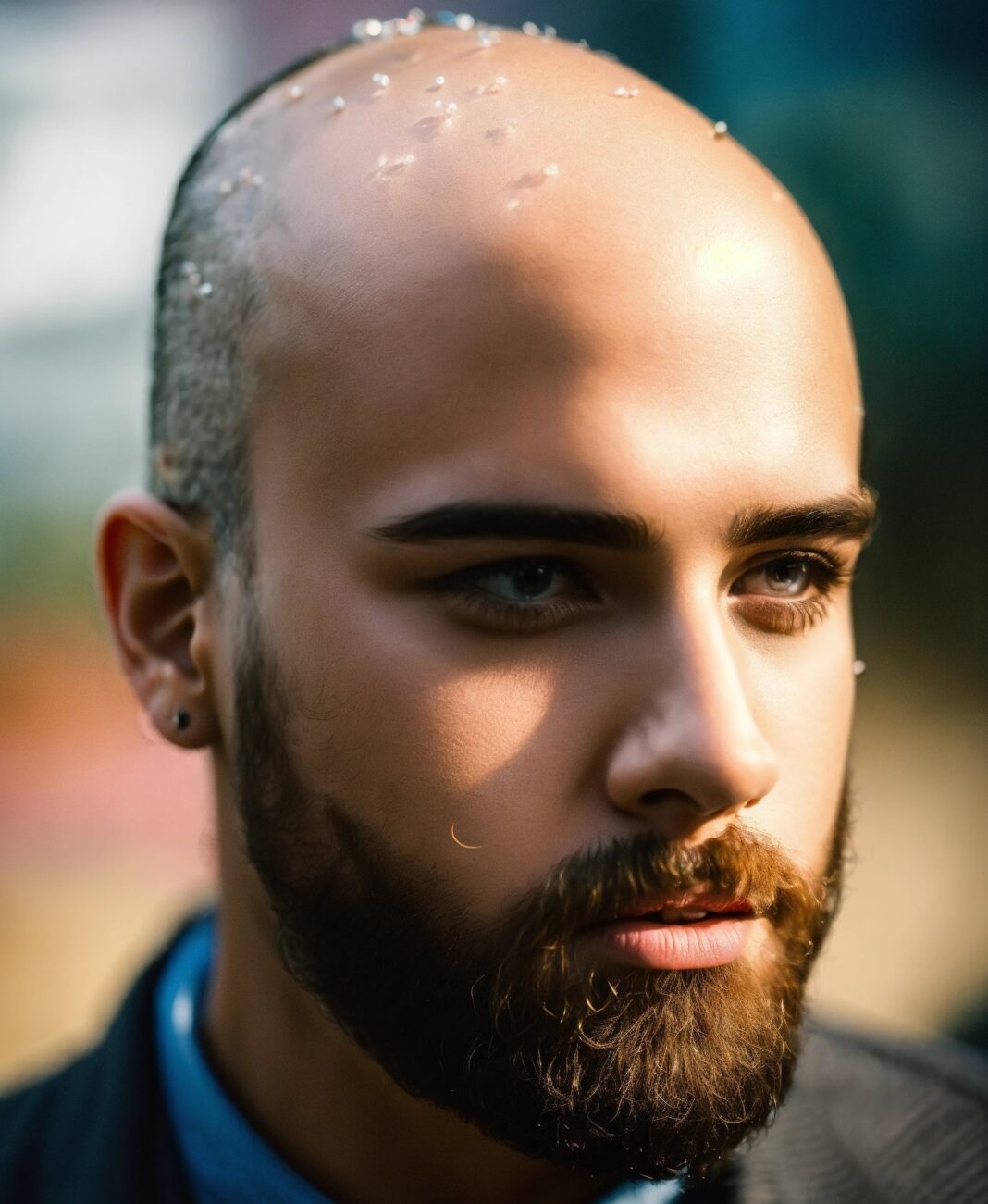Male Pattern Baldness, also known as Male Androgenetic Alopecia (MAA), is the most common cause of baldness and hair loss in men.
Male pattern baldness refers to hair loss on the scalp in men. It is a hereditary baldness that generally occurs on the top and front of the head. It is caused when the hair follicles become oversensitive with time. In general, it happens with middle-aged men, but it can also affect young men.
Symptoms Of Male Pattern Baldness
Noticing early symptoms can be beneficial in starting early treatment and preventing further hair loss. Male pattern baldness tends to develop slowly, with symptoms like:
- Hair Loss- Hair loss is the most common and early symptom. Excessive hair loss can be a problem in the near future.
- Hair Thinning- The early symptoms include hair thinning, specifically on top of the head.
- Bald Spots- hair loss in circular or patchy spots is a symptom of Male Pattern Baldness and should not be ignored.
Can You Prevent Male Pattern Baldness
Preventing Male Pattern Baldness is not possible because it is genetically inherited. If you experience hair loss and are stressed out about it, seek medical help. Mild hair loss can be treated with medication, but a hair transplant could be a good option for male pattern baldness.
While hair loss with male pattern baldness is usually permanent, you can still get a hair transplant to enhance your look and boost your confidence. It might be worth considering the procedure with other treatments to slow down the balding process.
How Does Hair Transplant Work
Hair is considered one of the attractive traits in both men and women. When a person suffers from hair loss, it decreases their confidence and self-esteem. A hair transplant can give a new life to someone who wants to appear handsome.
Hair transplant is the process of moving hair from one place to another on the head. It can be done in several ways, the most common one being autografts (grafting). A candidate who has dense hair on his sides or back is ideal for this surgery. Generally, thick grey or light-colored hair is preferred over thin dark-colored hair because thick hair delivers better results.
While various techniques of hair transplant surgery are available, your surgeon must choose the most appropriate surgical option according to your health and concerns.
Different methods of hair transplantation include:
- Hair transplant Graft
This method is most commonly used for hair transplants. It begins with your surgeon taking a tiny piece of the scalp that contains healthy hair follicles. Then, carefully place them to the needed areas.
- Flap Surgery
This technique is ideal for covering large balding areas. It involves the removal of the bald area, then a flap of the hair-bearing skin is placed on the bald area. One end is always attached to the body.
- Scalp Reduction Surgery
This process involves surgically cutting the areas of the bald scalp and then moving the scalp with hair to cover the bald areas with dense, thick hair.
Effectiveness of Hair Transplant
There is no cure for male pattern baldness, but a hair transplant can help you achieve your desired look. But is a hair transplant a permanent solution to this problem, is it really effective?
The transplanted hair covers the bald scalp, but it does not protect against further hair loss. While a hair transplant for male pattern baldness can be effective, the transplanted hair may thin over time.
Getting a hair transplant for male pattern baldness can give you amazing results like;
Self-Steam: A hair transplant can help your hair grow back, giving you a better appearance and boosting your confidence.
Natural Results: Transplanted hair does not look fake in fact, it gives natural-looking results.
Long-Term Result: Hair transplants give long-term results; transplanted hair does not fall out, which makes the results long-lasting.
After Care Of Male Pattern Baldness
Aftercare of a male hair transplant is very important. The area heals and settles during this period. If you don’t take care of your hair after the transplant, it can cause problems and not heal in the estimated time. Your healthcare supervisor will guide you on the aftercare of the transplant.
Some important key points of post-surgery aftercare to keep in mind:
- Hair wash: Hair wash can influence the results of hair transplants. In the first two weeks after the transplant, it is necessary to wash the hair gently. The doctor provides a medical shampoo for this purpose.
- Gentle Care: It is advised not to rub or scratch the transplanted area. It is common to have itching the following days after surgery. A medicine will be provided by your doctor to prevent itching.
- Sleeping Position: Sleeping in the wrong position can disturb the healing process. It is advised to sleep on the back using two or three pillows to protect the head.
- Sun Protection: Protecting the transplanted area from direct sun exposure for a couple of weeks is crucial, as the sun can burn the sensitive area. As the operated area becomes sensitive to sun rays, it is recommended to cover up the head for months.



